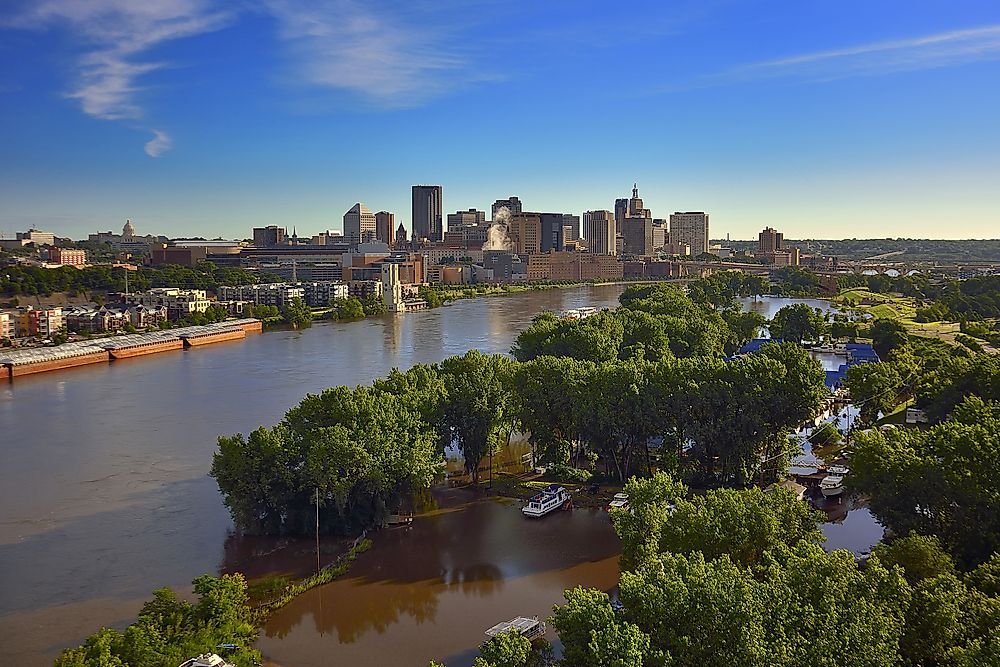What Is the Capital of Minnesota?

Minnesota is a northern and midwestern state of the United States, admitted as the 32nd state on May 1858. It was formed from the eastern portion of the Minnesota Territory. Minnesota is famous for several lakes and is popular for the slogan “Land of 10,000 Lakes.” It is one of the largest and most populous areas of the US, with the majority of the population living in the Minneapolis-Saint Paul metropolitan area, known as the "Twin Cities." The rest of the state is made up of western prairies and is mostly set aside for intensive agriculture. The state of Minnesota has one of the highest rates of voter turn-out and civic participation.
Saint Paul
Although Saint Paul (also written as St. Paul) is not the most populous city in Minnesota, it is the state’s capital. With a population of over 304,000 people, it is the second most populous city in state. Saint Paul is also the county seat of Ramsey County. It was founded as a commercial and transport center by the Native Americans and became famous when it was made Minnesota Territory’s capital. Although Minneapolis is more popular, Saint Paul is host to the state government and some significant institutions in Minnesota. Regionally, St. Paul is known for some of the biggest attractions in Minnesota, including Xcel Energy Center and the Science Museum. Saint Paul, together with the Minneapolis, is also known for high literacy levels.
Geography
Located on the banks of the Mississippi River, Saint Paul’s growth is tied to water. Its defining characteristic is the confluence of the Mississippi and Minnesota Rivers that was formed during the ice age. Saint Paul is located in east-central Minnesota, with the Mississippi River forming a boundary on some parts of the city. The city is bordered by other cities in Minnesota, including Minneapolis, Roseville, Lauderdale, and Maplewood. St. Paul covers an area of about 56.2 square miles, 52 square miles of which is land, and the rest is water. The city experiences a continental climate characterized by frigid and snowy winters, and warm to hot and humid summers. It also experiences full range precipitation and other weather related events, such as thunderstorms.
Economy and Education
The Twin Cities of Minnesota, which includes St. Paul, employs about 1.6 million people in the private sector. The city is a business hub for the Upper Midwest, hosting companies such as Ecolab, 3M Company, Gander Mountain, and Securian Financial Group Inc. St. Paul is also home to the Twin Cities Assembly Plant. St Paul is known for high literacy levels. The city has the second-highest number of education facilities per capita in the US. It has three public and eight private universities and several post-secondary institutions.
Government
St. Paul has a council government headed by the mayor, who is also the chief executive and administrative officer of the city. The legislative body is composed of seven members. The mayor is elected directly by eligible city residents, while council members are elected from different wards within the city. The mayor and the council members serve 4-year terms. As the capital of Minnesota, Saint Paul is home to the state capitol building, governor’s residence, and House and Senate office buildings.











